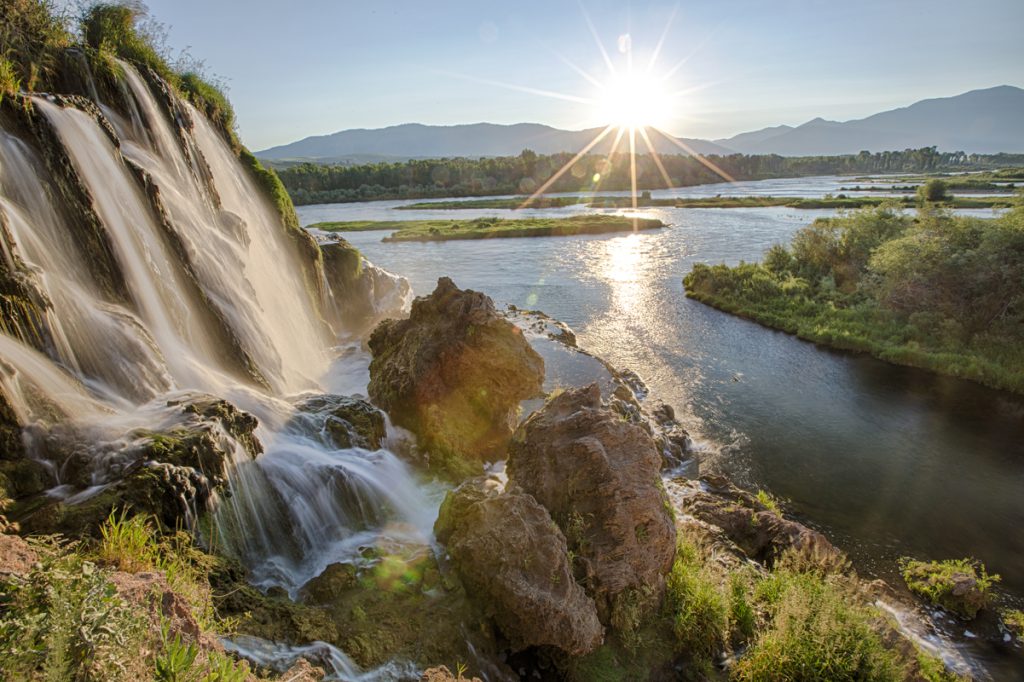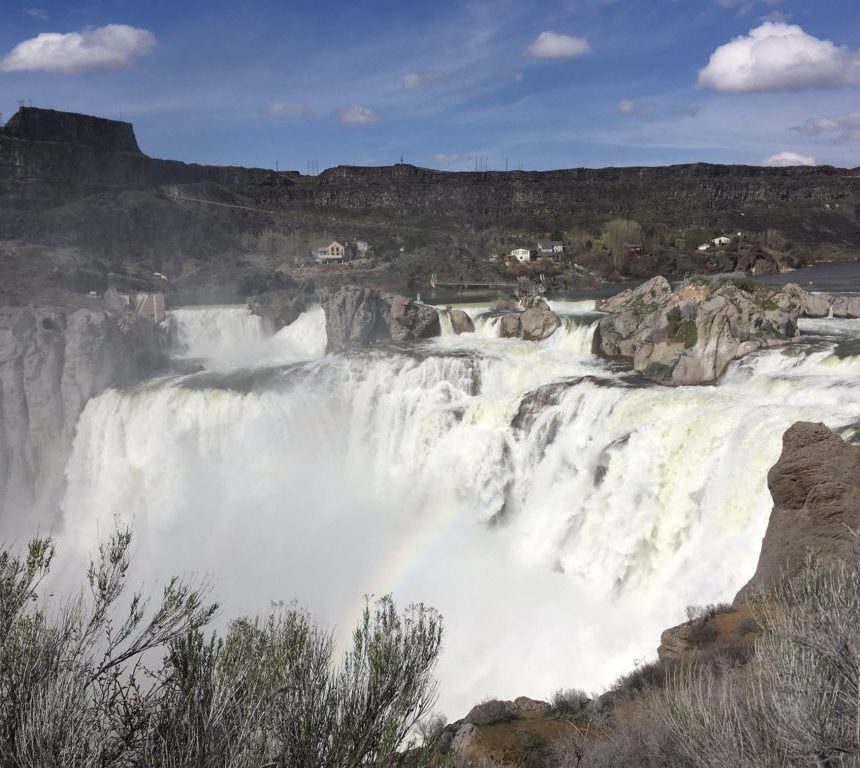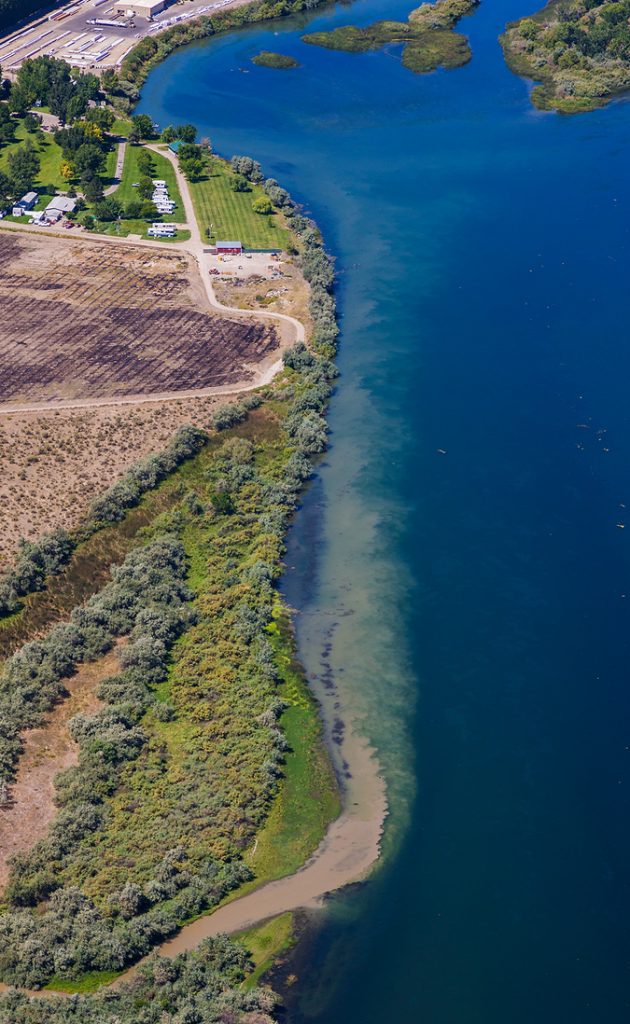Actions & Issues
Restoring the Snake River
One of ICL’s long-term goals is to return the Snake River across southern Idaho to safe, fishable, and swimmable condition again.

From its headwaters in eastern Idaho and Wyoming, the upper tributaries of the Snake River boast some of the best fishing on the planet. Downriver and across the state to the Oregon border, the situation is much different. The once-mighty river dwindles to a trickle in places. Hot and full of agricultural and other pollution, the river is plagued by algae outbreaks, killing fish and prompting warnings for humans and their pets to stay out of the water.
In a recent survey, 92% of southern Idaho residents said that water quality of the Snake River is an important issue, but over half of the respondents also characterized the current water quality as ‘excellent’ or good.’ However, the Snake River has been polluted and overallocated for decades, resulting in poor water quality and increasingly declining flows. In some areas, it is now unsafe to recreate in or eat fish from its waters. Additionally, there is virtually no water flowing in some river stretches at times during the year. Clearly, more needs to be done to highlight the plight of the Snake.
What’s Wrong With the Snake?
Experts divide water management into two categories: quality (how clean is the river?) and quantity (how much water is in the river?). While these categories may make things simpler from a management perspective, they don’t reflect the reality that everything about water is connected. The Snake River is a great example of how water quality and quantity are linked and need to be simultaneously addressed to restore the river to a better condition.
The state of Idaho manages the Snake as “two rivers.” The upper Snake is upstream of Milner Dam (located between Twin Falls and Burley in south-central Idaho) and the lower Snake is everything downstream of Milner. This two rivers policy allows for the Snake to literally dry up at Milner Dam. Let that sink in for a minute. The mightiest river in Idaho, and one of the largest rivers in North America, is purposefully dried up every year. Why?
In short, it’s an attempt to satisfy all the water rights that are issued out of the Snake and across the Eastern Snake Plain. More than 80% of these rights are for irrigated agriculture. Spoiler alert: more water rights are issued for water than a typical year provides water for — a situation known as overallocation.

Dilution is the Solution to Pollution — Until There's No River
All along the Snake River, local communities, industries, and people discharge their treated sewage and wastewater into the Snake, relying on the river’s flows to mix with their treated pollution. You may have heard this concept simplified as “dilution is the solution to pollution.” However, when the necessary flows aren’t there, all these discharges contaminate the river. Meanwhile, to try to prevent further contamination, communities (ie., taxpayers) upgrade their wastewater treatment plants to the tune of tens of millions of dollars.
As long as Idaho law and rules allow water quality and water quantity to be governed separately, the never-ending cycle of overallocated water, pollution discharge, and upgrades for wastewater treatments will continue.
Restoring the Snake
ICL recognizes the important role of the Snake River in the life and livelihoods of Idahoans. It is absolutely integral to Idaho’s economy for the predominant agricultural and industrial needs but also for recreation and community livability. We recognize that while the agricultural sector is the source of much of the pollution entering the Snake, Idaho’s farmers can be some of the strongest advocates for caring for the land and water.
ICL’s Snake River campaign is a multi-pronged approach that centers around connecting people and communities to the river in an effort to protect it into the future. We are talking with Idahoans who love the Snake and connecting them with the people who manage it. Together, we will raise our concerns to local, state, and federal policymakers and seek legislative solutions. We will hold polluters responsible for their share of the problem while also seeking out innovative ‘win-win’ solutions that benefit both the river and farmers alike. We will make it possible for future generations of Idahoans to continue to thrive because of the Snake — in a way people have for as long as people have inhabited Idaho.
Together, we will restore the Snake River in Idaho.

